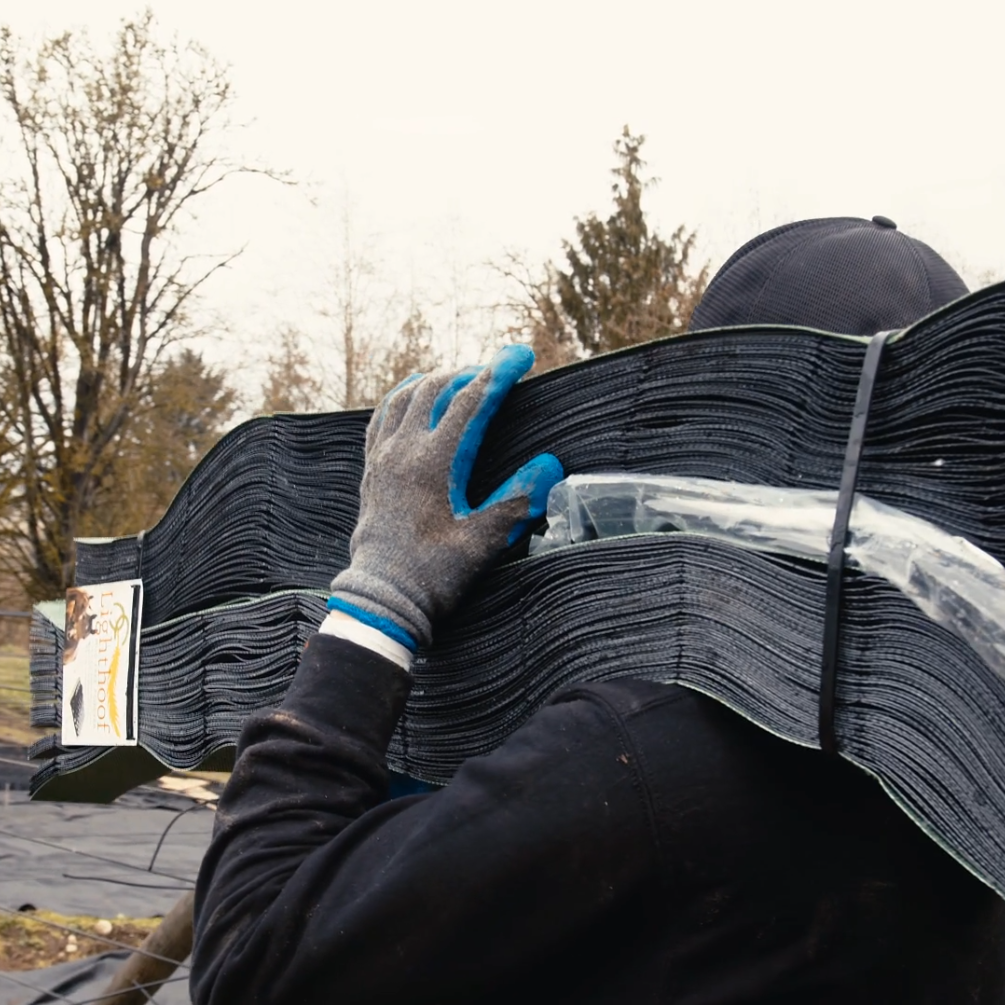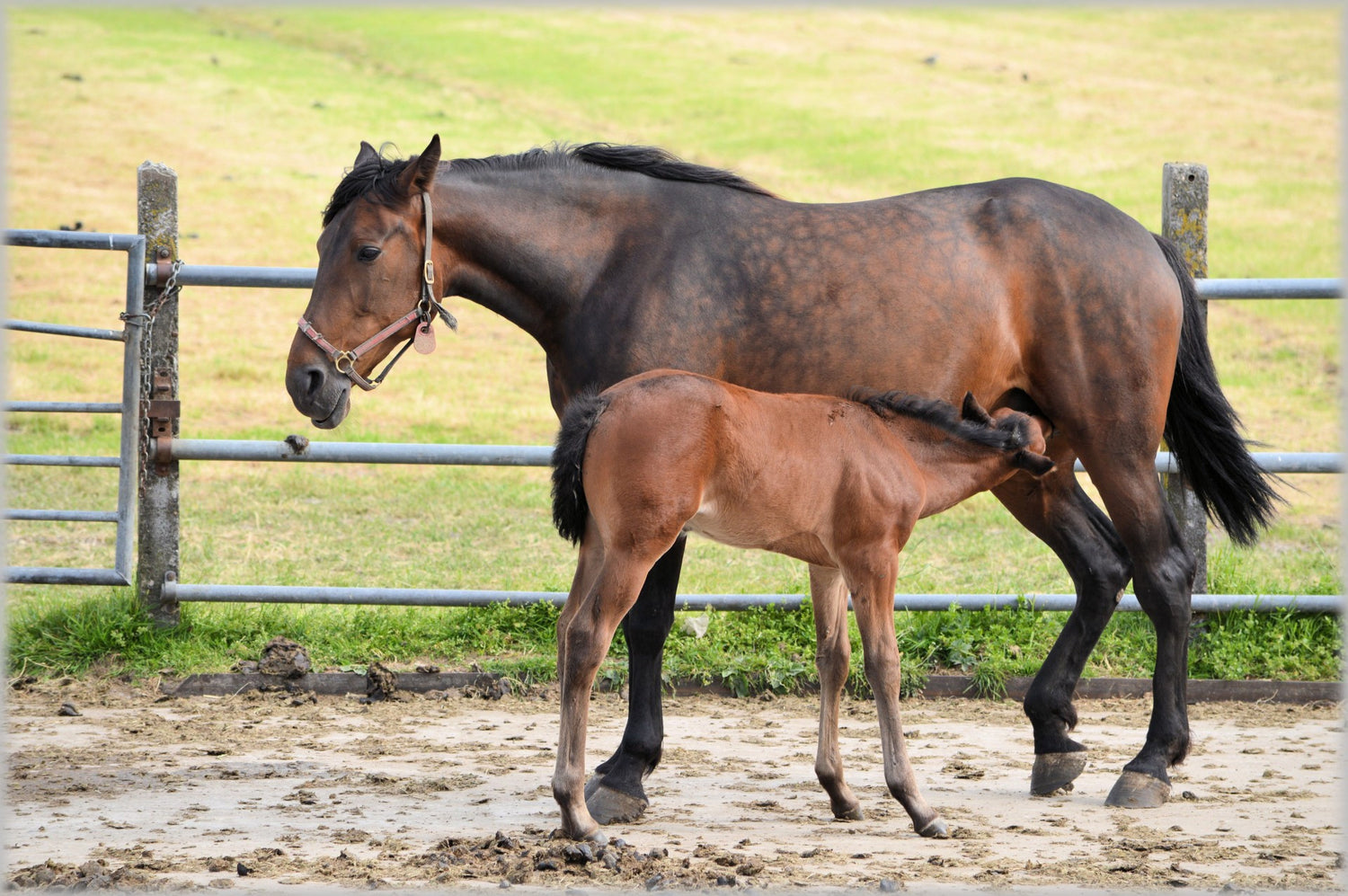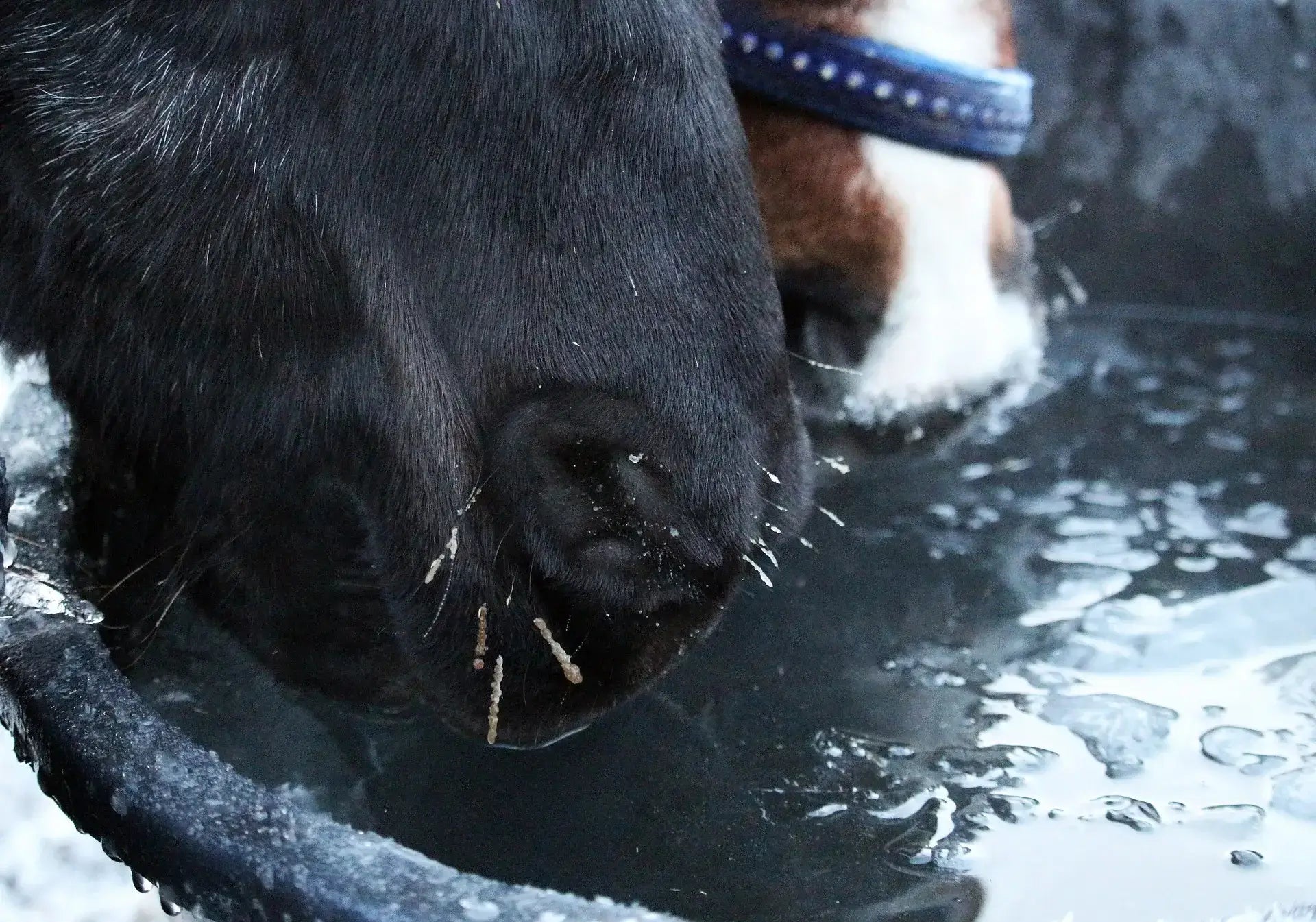While most of us are still trying to keep waterers from freezing, horses warm and well fed, and the ground in our paddocks from turning into a sloppy mess, breeders are considering foaling season. If you’re a seasoned horse breeder, preparing for foaling season is easy. Knowing what to expect when you’re expecting makes the whole scenario much less daunting. If you’re new to foaling out a mare, raising a foal can be a mind-boggling experience, so we’re here to give you a few tips to navigate the waters!
Foaling Kits - What do I really need?
Having the tools you need on hand to tend to your newborn foal once they arrive will help them off to a successful start. Scissors, clean towels and twine are a few necessities. Check out Horsechannel.com’s Foaling Supplies Checklist for a full list of “should-have” items to have ready outside your foaling area. While there are some things that are nice to have (foal blanket) there are some things you really should have (reliable phone and gloves).
Foaling Space - Where should my mare foal?
If you have access to an indoor space, most breeders opt to let their mares foal inside. It’s much easier to watch a mare in labor when she doesn’t have several acres to lay down on. If you’re going the foaling-stall route, make sure it’s a space large enough for her to lay flat out in. It needs to be clean and if possible disinfected. Bedding can be straw or shavings, but straw is the best choice. Dust from shavings can easily carry bacteria into the respiratory tract of your young one.
If you’re planning on foaling a mare outside, a smaller paddock is preferred to a large open space. Your paddock needs to be clean, dry and preferably well lit with secure fencing that newborn foals aren’t going to slip out of. It’s imperative for the health of your foal that your paddock is clean and dry. Mud harbors countless types of bacteria and is a breeding ground for harmful germs that can cause issues for a new immune system. A great way to provide a stable, dry place for a mare to foal on is by utilizing our Lighthoof Mud Management Panels in areas you have a mud problem.

Foal and Mare Care After Foaling
Mare and foal management isn’t much different than caring for your horses otherwise. Once your mare has foaled, she should be checked by a vet to ensure she doesn’t have any internal tears, or has not retained any of the placenta. This can lead to serious infection. Your vet will check out both the mare and foal to make sure they’re in good health. An IgG test for the foal will let you know that your foal received enough colostrum (the immunoglobulin rich milk that your mare will produce in the first 24 hours after birth) which gives them the first real immune defense of their young lives. A poor IgG score may mean you’ll have to supplement colostrum.
When to Turn Out a Foal
If your foal is healthy and born without any leg issues, turnout can happen within the first 24 hours. As long as their turnout is clean and dry, you’ll get as much enjoyment from their outdoor frolicing as they will. Be mindful of wet and slick paddocks; as we stated above, the health risks are high, but another issue presents itself in the form of slips and falls. They’re not the most confident on their feet, so providing them with a stable footing will help their development. If your vet has discerned that your new arrival has the very common ailment known as contracted tendons in foals, you’ll need to limit turnout and potentially adjust your stall bedding levels. Usually the problem will resolve itself with limited turnout and exercise, but sometimes wrapping or other interventions are needed. Either way, it’s usually a short amount of time until you’ll both enjoy foal turnout.

Now that you’ve got some insight on how to care for a foal, we hope you’re a little better prepared to help your mare bring a new baby into the world. Having your well stocked foaling kit on hand, a nice and clean area to foal out your mare, and a safe, dry place to let your mare and foal thrive afterwards gives you and your new foal the best chance to thrive. Lastly, enjoy, and send us some photos of your new arrivals!





Leave a comment
This site is protected by hCaptcha and the hCaptcha Privacy Policy and Terms of Service apply.